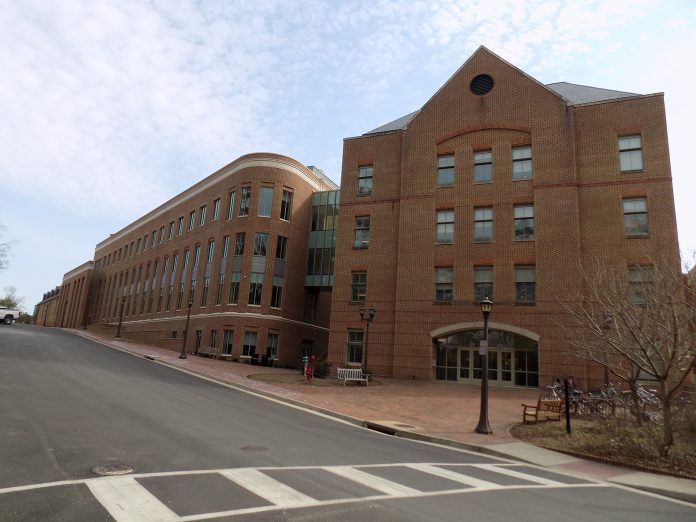Friday, March 22, students and community members lined the rows of a lecture hall in the Integrated Science Center to listen to a lecture delivered by Dr. Anne-Marie Slaughter, a renowned political scientist. In her George Taylor Ross Address on International Peace, Slaughter discussed her two global views — the Chessboard and the Web — and their significance.
Slaughter began her address by drawing the audience’s focus to current hotspots in international affairs, including Russia, Ukraine, the Middle East and North Korea; Slaughter emphasized that these regions are prone to “blind spots” of conflict that do not receive adequate media coverage.
“What is happening is a conflict of East and West, with Russia on one side and the [European Union] on the other,” Slaughter said. “Here are some of thing things we don’t read about but are arguably just as important.”
“What is happening is a conflict of East and West, with Russia on one side and the [European Union] on the other,” Slaughter said.
Slaughter highlighted Russia’s ongoing student demonstrations as an example of a global blind spot that has not been publicized sufficiently in Western media.
“We didn’t read about the dissident networks between the students who are demonstrating and the many students, and not just students, who demonstrated in Moscow in 2011,” Slaughter said. “That has now entered American politics in part that Putin accused [Former] Secretary Clinton of instigating a lot of those riots and demonstrations and is one of the reasons he was so determined not to see her become president.”
“[The Moscow Demonstration] has now entered American politics in part that Putin accused [Former] Secretary Clinton of instigating a lot of those riots and demonstrations and is one of the reasons he was so determined not to see her become president.” Slaughter said.
After discussing the United States’ obliviousness to blind spots throughout the international community, Slaughter transitio
“This will be a very quick tour of the blind spots, although there is no shortage of them in the Middle East,” Slaughter said. “You don’t read about climate change. In fact, if you look at the origins of the Syrian revolution back in 2011, a lot of what triggered those initial protests were bread shortages as a result of drought.”
“You don’t read about climate change. In fact, if you look at the origins of the Syrian revolution back in 2011, a lot of what triggered those initial protests were bread shortages as a result of drought.” Slaughter said.
According to Slaughter, the 2011 drought alone caused 11 million people to leave their land and flood into Syrian cities. She predicts that another refugee crisis will manifest in the future because of changing environmental conditions, in addition to the active refugee crisis currently ensuing as a result of the Syrian Civil War.
Slaughter then connected ongoing refugee crises in Syria and Yemen to the potential emergence of one in North Korea.
“I have not managed to keep up with what has happened in the last hour in North Korea, but thinking more broadly about what we read about, the situation in North Korea seems to be the situation in the United States,” Slaughter said.
Slaughter said that while South Korean President Moon Jae-in looks for reconciliation, the geopolitical influence of the United States’ tumultuous relationship with North Korea will impede this process. She emphasized the impact of a potential collapse of the North Korean regime, most notably in the form of an astronomical spike of refugees seeking residence in China.
To conclude her talk, Slaughter provided a brief synopsis of her book, “The Chessboard and the Web: Strategies of Connection in Networked World.” In viewing the world like an elaborate game of geopolitical chess, Slaughter’s book focuses on the power struggle between the world’s 25 great powers and the ensuing “games” of international relations played between them. Alongside this chessboard, Slaughter conceptualizes a complex “web” of people that operate within the context of international affairs, offering networks of connected lights, which demonstrate of the connections among people, businesses and faith groups.
“By using these views of the world, we can look at an article and think ‘what am I not seeing? What is that missing piece?’” Slaughter said.

